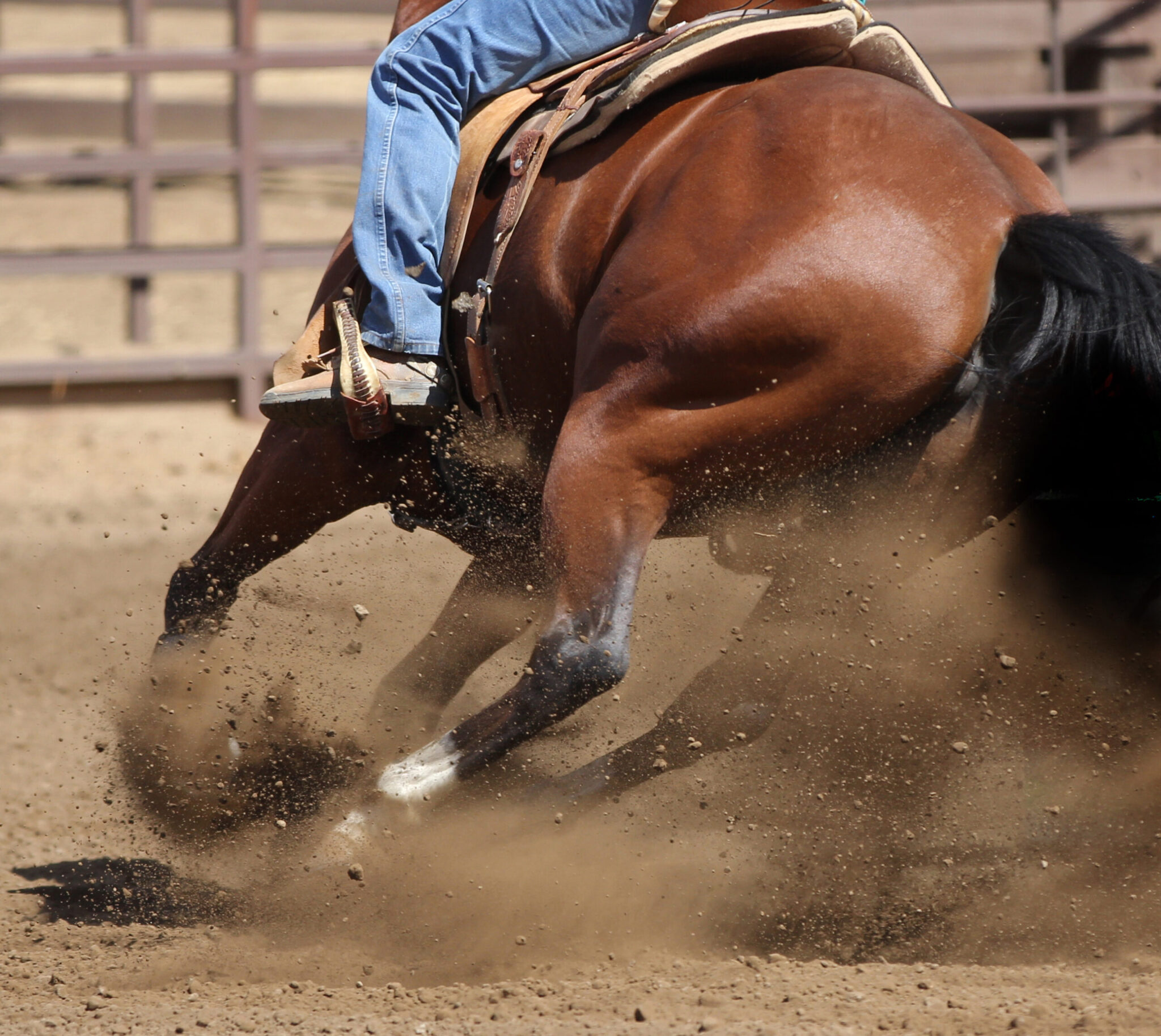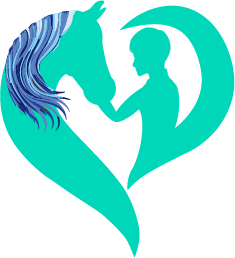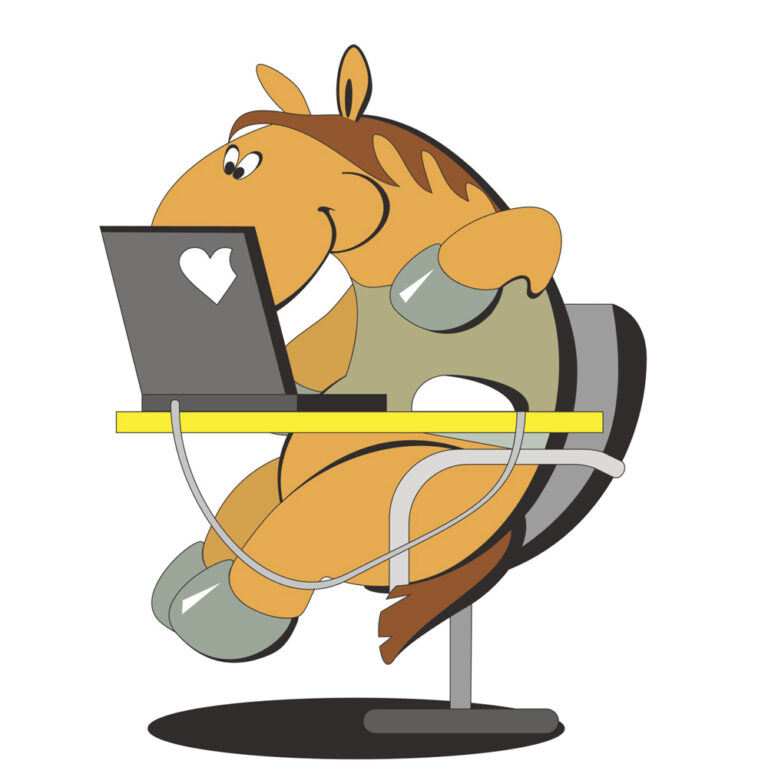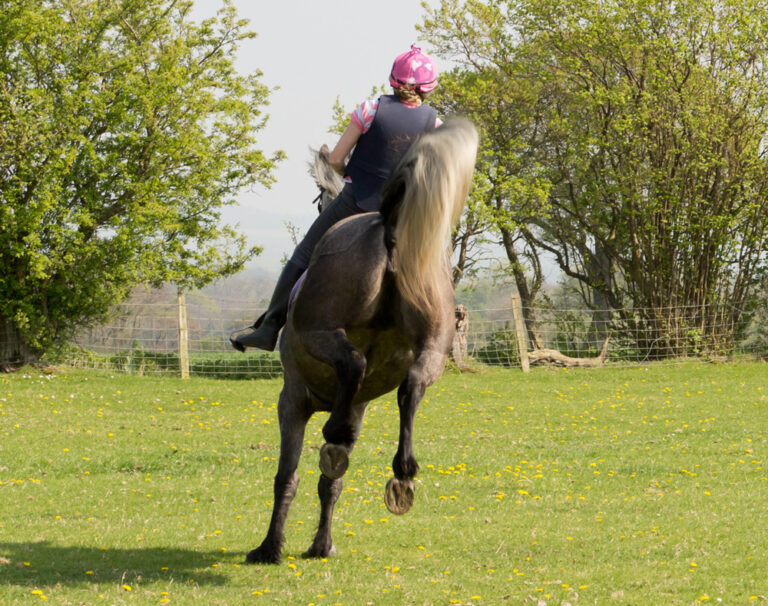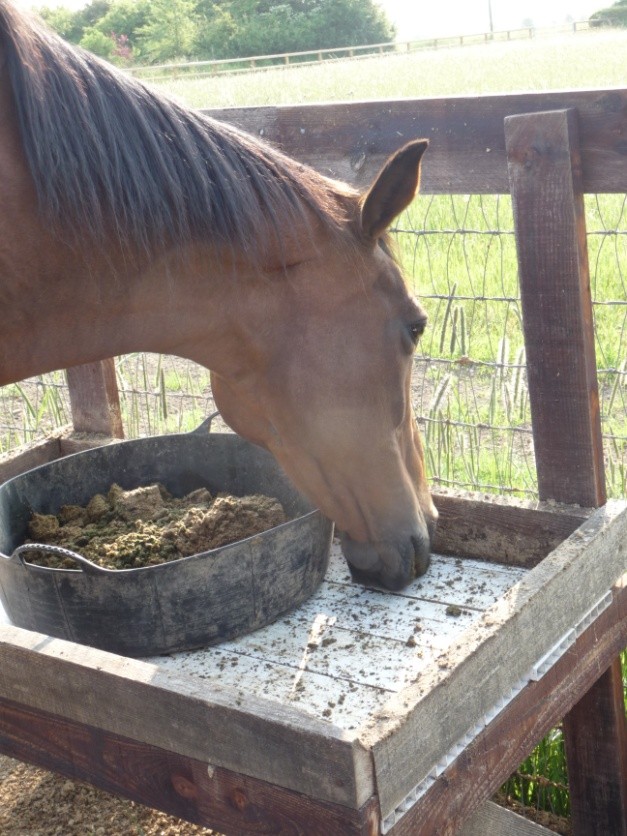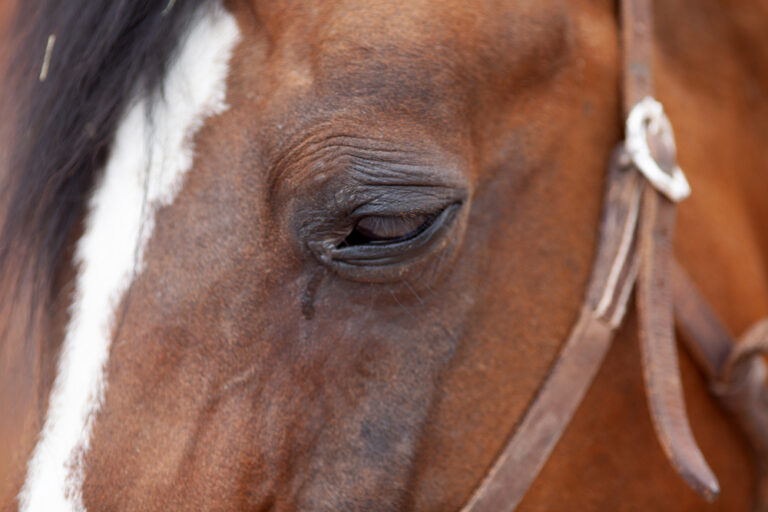What causes pituitary pars intermedia dysfunction (PPID), also known as equine Cushing’s disease? This is an endocrine disorder in horses, donkeys, and mules. Researchers estimate more than 20% of aged horses, ponies, and donkeys have PPID. Most are over the age of 15 when diagnosed, but PPID can occur in younger animals, as well.1
Loss of Dopaminergic Inhibition
PPID is primarily caused by the pituitary pars intermedia’s loss of control over dopamine secretion due to oxidative stress and subsequent neurodegeneration.2 Dopamine acts as a suppressant, controlling the secretion of hormones from the pituitary pars intermedia. This loss of inhibition leads to the gland’s enlargement, which disrupts the equine endocrine system’s normal functioning.3
When dopamine levels are insufficient or the dopamine pathway is compromised, the result is an overproduction of hormones, leading to the clinical signs associated with PPID. These clinical signs can include hirsutism (long hair coat that doesn’t shed normally), muscle wasting, and increased susceptibility to infections. This loss of hormonal control is a central feature of PPID progression.
In other words, dopamine serves as a modulatory neurotransmitter, effectively applying the brakes to the pituitary’s secretion of certain hormones. It ensures the hormones are released in a controlled manner.
Neurodegeneration
Studies have shown PPID results from a neurodegenerative process where there is a loss of neurons from the hypothalamus.4 This loss affects the regulation of the pituitary gland, leading to an overproduction of certain hormones and resulting in various clinical signs associated with PPID.
Neurodegeneration exacerbates PPID through the progressive loss of hypothalamic neurons. Without these neurons, dopaminergic signals weaken or cease, further disrupting hormone regulation. This dual failure—both in the transmission of dopamine and in the neuron population—culminates in the diverse and impactful symptoms horses with PPID experience.
Clinical Signs of PPID
While this article focuses on the causes of PPID, it is essential to understand some of its most common clinical signs, which include abnormal hair coat, muscle atrophy, loss of topline, poor performance, regional fat deposits, and weight loss.1 The most unique clinical sign is a continuously long hair coat that doesn’t shed in the spring.
In addition, animals suffering from PPID might exhibit a range of other clinical signs often mistaken for general aging. These can include:
- Lethargy and a lack of athletic performance. These can be early indicators of PPID, because the disease affects the animal’s energy metabolism.
- Laminitis, a painful inflammation of the laminae in the hoof. This serious condition can be secondary to PPID due to hormonal imbalances influencing insulin regulation.
- Excessive thirst and urination.
- Recurring infections because of a compromised immune system.
- Changes in body condition, such as a potbellied appearance.
Final Words on Causes of PPID
Understanding the causes of PPID in horses, donkeys, and mules empowers horse owners to better detect early signs of this disease. Detecting PPID early is crucial, as it allows for the timely implementation of treatment strategies and dietary management to slow disease progression and maintain the affected equid’s quality of life.
If you notice any of these clinical signs or changes in your horse’s behavior that you don’t understand, it’s essential to consult with a veterinarian promptly.
Early detection can significantly enhance the management and prognosis of PPID.
References
- What is PPID? Michigan State University.
- Pituitary Pars Intermedia Dysfunction (PPID) in Horses. Veterinary Science, 2022.
- Equine Cushing’s Disease. Royal Veterinary College.
- Equine pituitary pars intermedia dysfunction (PPID). University of Minnesota.
Further Reading
- Farrier Knowledge of Equine Endocrine Disease. Kimberly S. Brown. MySeniorHorse.com
- Horse Endocrine System Diagram. MySeniorHorse.com
-
Editors of My Senior Horse are journalism professionals, most of whom are lifelong horse owners.View all posts

